From Pepper to Powder: The Spicy Truth Behind Paprika!
If you’ve ever opened a jar of paprika and inhaled that sweet, earthy aroma, you might have wondered: What exactly is this stuff? And where does it come from? Is it spicy or not? Why is it red? Buckle up, spice explorers, because we’re diving into the colorful world of paprika—where it’s grown, how it’s made, and why your grandma always keeps a jar next to her salt.
Table of Contents
- The Origins: From Peppers to Powder
- Types of Paprika: Sweet, Smoked, or Spicy?
- How It's Made: A Peek Into Paprika Production
- Kitchen Confessions: How to Use Paprika Like a Pro
- Paprika vs. Other Red Spices: Can You Tell the Difference?
- Fun Facts to Impress Your Friends at Parties
- Summary
The Origins: From Peppers to Powder
Paprika comes from—you guessed it—peppers! But not just any peppers. We're talking about specific varieties of Capsicum annuum, a species that includes bell peppers, chili peppers, and jalapeños. However, paprika is typically made from mild, sweet versions of these peppers, which are dried and then ground into a fine powder.

The plant itself is native to Central and South America, but paprika as we know it today became popular in Europe after being introduced by Spanish explorers during the 16th century. Today, Hungary and Spain are the most famous for their paprika traditions.
Types of Paprika: Sweet, Smoked, or Spicy?
One of the most confusing things about paprika is that there isn’t just one kind. There are several varieties, and they can range from sweet and mild to hot and smoky. Here’s a quick breakdown:
- Sweet Paprika: Also known as Hungarian paprika, it’s made from sweet peppers and adds color without heat.
- Smoked Paprika: This version is dried over wood fires, giving it a rich, smoky flavor. Great for barbecue rubs and stews.
- Hot Paprika: Includes some spicier pepper varieties, adding a fiery kick to dishes.
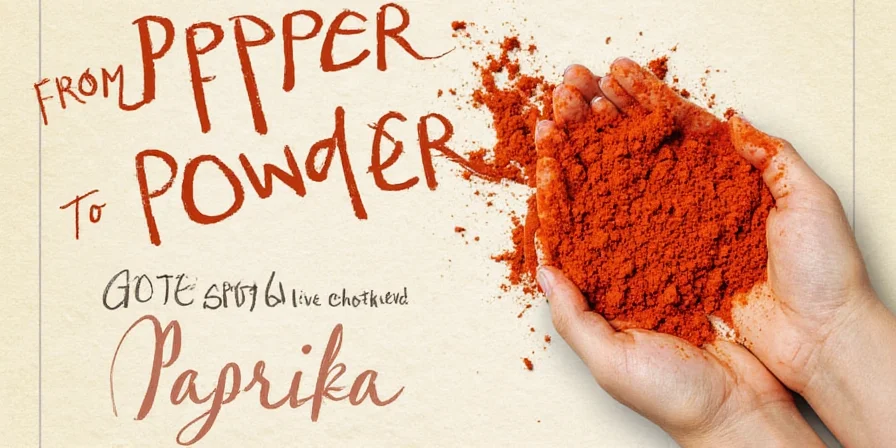
How It's Made: A Peek Into Paprika Production
Let’s get real for a second. Making paprika isn’t rocket science, but it’s definitely an art form. Here’s what happens behind the scenes:
- Harvesting: Fully ripe peppers are picked by hand (or machine, depending on the region).
- Drying: Peppers are dried either in the sun or using controlled heat chambers. In Spain, especially with smoked paprika, the peppers are dried over oak fires.
- De-seeding and Grinding: Once dry, the seeds and stems are removed, and the peppers are ground into a fine powder.
- Packaging: Voilà! The result is the vibrant red powder that graces our spice racks.

Kitchen Confessions: How to Use Paprika Like a Pro
Now that we know where paprika comes from, let’s talk about how to use it like a culinary rockstar. Here are some pro tips to make the most of your paprika stash:
1. Don’t Just Sprinkle It On Top
To unlock its full flavor potential, toast paprika lightly in oil before adding other ingredients. This brings out its natural sweetness and aroma.
2. Elevate Simple Dishes
- Add a pinch to mashed potatoes for a subtle warmth.
- Use it in deviled eggs for both color and flavor.
- Mix into mayonnaise or sour cream for a quick dip.
3. Pair With Complementary Flavors
Paprika loves garlic, onions, cumin, and even citrus zest. Try combining them in soups, stews, or grilled meats.
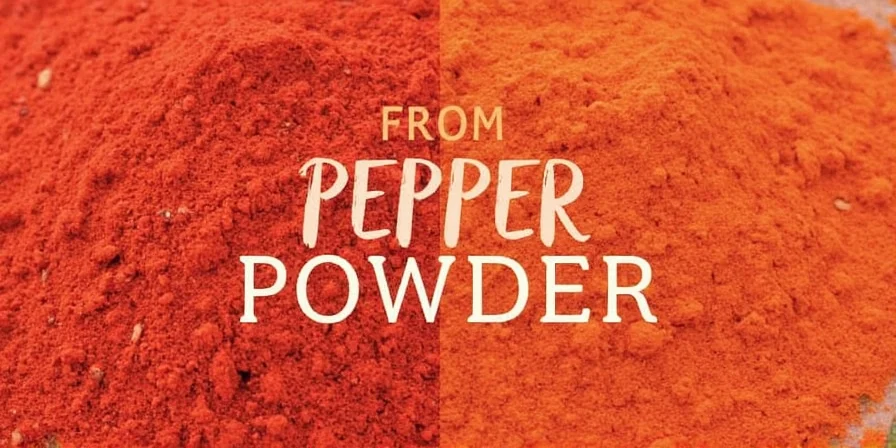
Paprika vs. Other Red Spices: Can You Tell the Difference?
Let’s face it—many red spices look alike in the jar. But each has a distinct personality. Here’s a handy table to help you tell them apart:
| Spice | Origin | Flavor Profile | Best Uses |
|---|---|---|---|
| Paprika | Europe (Hungary/Spain) | Sweet, earthy, sometimes smoky | Color boost, mild seasoning, dips |
| Cayenne | Central/South America | Hot, sharp, peppery | Spice blends, sauces, soups |
| Chili Powder | Mexico/Global blend | Varies; usually spicy + earthy | Tacos, enchiladas, chili con carne |
| Ancho Powder | Mexico | Fruity, deep, slightly sweet | Moles, sauces, braises |
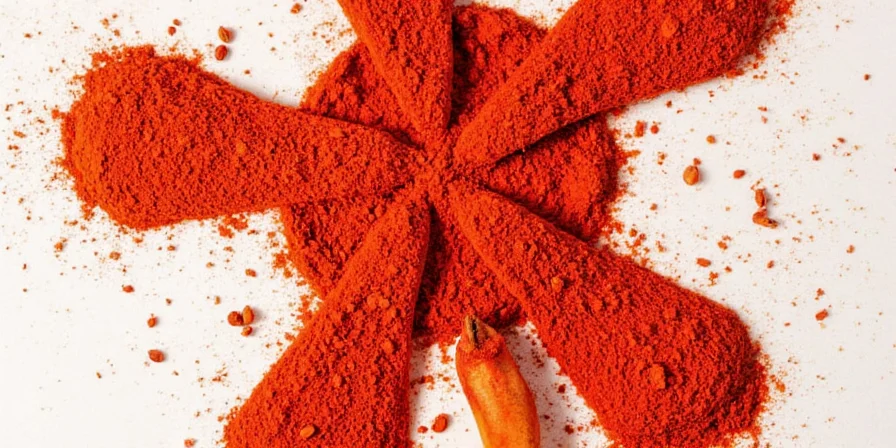
Fun Facts to Impress Your Friends at Parties
- In Hungary, paprika is considered so important that it has its own classification system—ranging from “delicate” to “exquisite.”
- Some paprika powders are graded based on their color intensity, measured in ASTA units.
- During the 1800s, paprika was used medicinally to treat cold hands and feet due to its warming properties.
- There’s even a type of paprika called “rose paprika” that smells like flowers. Yes, really.
Summary
So there you have it—your crash course in everything paprika. To recap:
- Paprika comes from dried, ground peppers—specifically Capsicum annuum.
- It originated in the Americas but became iconic in European cuisine, particularly Hungarian and Spanish.
- There are multiple types: sweet, smoked, and hot, each bringing something unique to the table.
- Proper use involves a little technique, but once mastered, paprika can transform your cooking.
- Don’t confuse it with other red spices like cayenne or chili powder—they pack different punches.
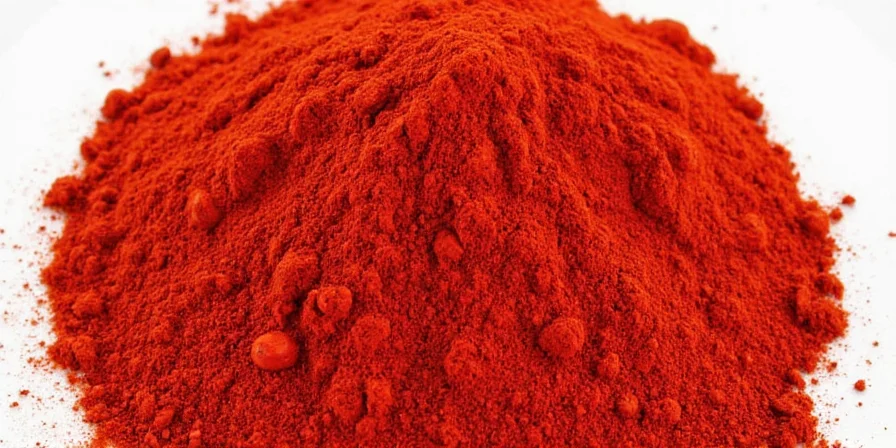
So next time you reach for that red powder, take a moment to appreciate its journey—from sunny fields to your spice rack. Happy seasoning!

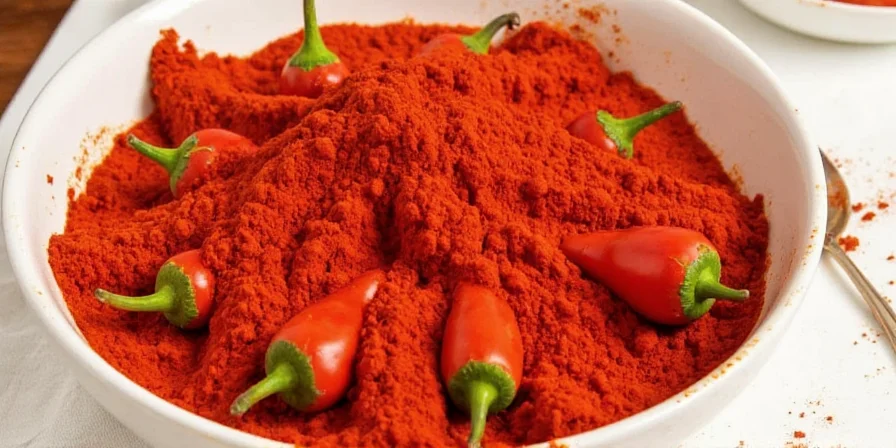









 浙公网安备
33010002000092号
浙公网安备
33010002000092号 浙B2-20120091-4
浙B2-20120091-4